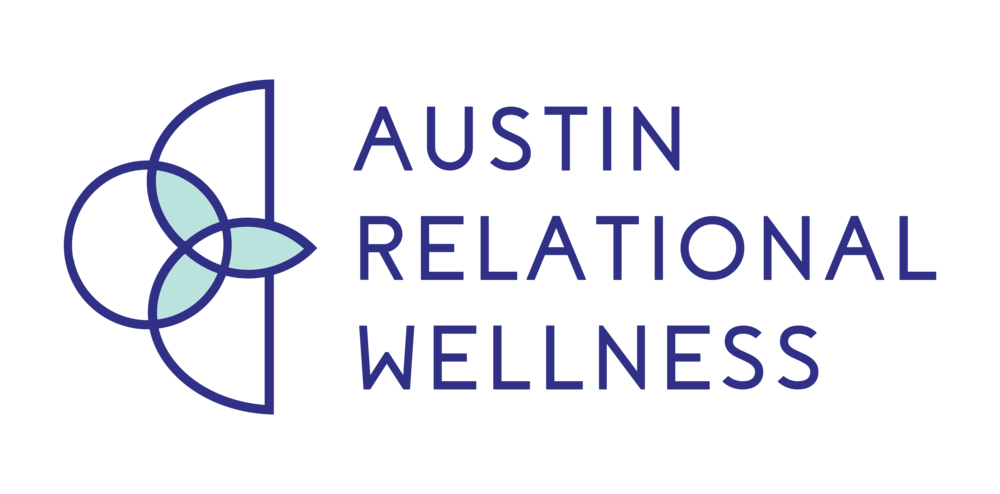Major life transitions, such as moving to a new city, having a baby, or changing careers, can bring about significant changes in a couple's dynamic. While these transitions can be exciting, they can also be challenging and stressful. In this blog post, we'll explore strategies for couples to support each other during these significant changes and maintain a strong, healthy relationship.
Understanding Major Life Transitions
Common Types of Life Transitions
Relocation: Moving to a new home or city
Career Changes: Starting a new job or business, changing careers, or going back to school
Family Changes: Getting married, having a baby, dealing with a family illness, or caring for aging parents
Financial Changes: Significant changes in income, such as a job loss or major investment
Common Challenges for Couples Experiencing Life Transitions
Stress and Anxiety: Uncertainty and fear of the unknown
Communication Breakdown: Misunderstandings and lack of communication
Different Coping Mechanisms: Each partner may handle stress differently
Strategies for Navigating Life Transitions
Open Communication
Regular Check-Ins: Schedule time to talk about each partner’s feelings, needs, concerns, and expectations.
Active Listening: Listen to each other without interrupting and validate each other’s feelings.
Transparency: Be honest about your needs and worries.
Refrain from Criticizing: Transitions are difficult enough. Focus on your partner’s positive qualities and refrain from criticizing during conversations.
Check your Defensiveness: With increased stress and anxiety, it’s easy to be defensive and blaming. Manage your defensiveness and own your part to help conversations go more smoothly.
Set Realistic Expectations
Manage Expectations: Understand that things might not go as planned and be prepared to adapt.
Be Patient: Allow time for adjustment, and don’t rush the process.
Work as a Team
Share Responsibilities: Divide tasks and support each other in managing the workload.
Problem-Solve Together: Approach challenges as a team rather than individually.
Seek Support
Professional Help: Consider seeing a couples therapist to help navigate the transition.
Support Networks: Lean on friends and family for additional support.
Self-Care and Mutual Care
Personal Well-being: Take time for self-care activities to reduce stress.
Quality Time Together: Spend time doing enjoyable activities to strengthen your bond.
Celebrate Milestones
Acknowledge Progress: Celebrate small wins and progress in your journey.
Create Positive Memories: Focus on creating positive experiences together.
Navigating these transitions alone can be overwhelming, but you don’t have to do it alone. The strategies outlined may seem simple, but they can be difficult to implement when you’re in the midst of stress, anxiety, and communication difficulties. Our couples therapy services are designed to help you and your partner manage these changes and come out stronger on the other side.
If you’re facing a significant life transition and need support, contact us today to schedule a free consultation for Austin couples therapy and take the first step toward a healthier, happier relationship. Let us help you turn these challenges into opportunities for growth and deeper connection.
Article by Hannah Eubank, LPC, LMFT
Contact us for Austin Couples Therapy through the link below


















































